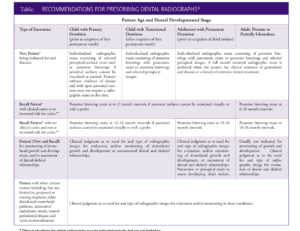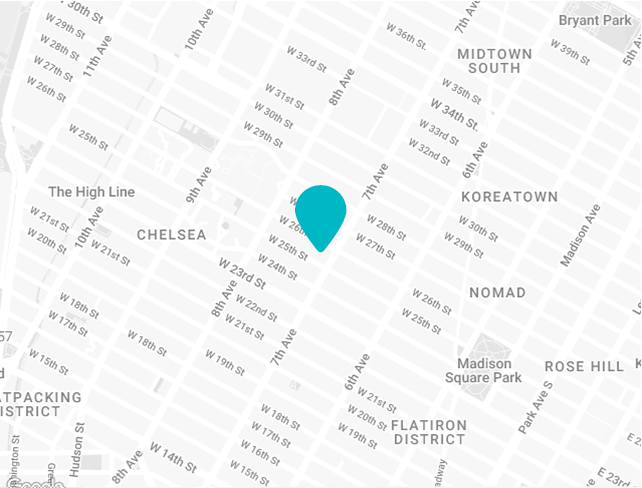
First, rinse the irritated area with warm water and use floss to dislodge any food that might be stuck in the tooth or gums. Give the child acetaminophen (tylenol) for any pain, according to the weight/dosage chart on the bottle. Do NOT place an aspirin directly on the teeth or gums. If the face is swollen, place a cold compress on the area and call our office immediately. A swollen face is a sign of a very serious infection requiring prompt attention.

The large majority of children suck their thumbs or fingers as infants, and most grow out of it by the time they start school, without causing any permanent damage. Pacifiers should be discontinued by the age of 2. Generally speaking, we recommend that you make every effort to wean your child from their sucking habit by the age of 3 or as soon as your pediatric dentist notices damage to the teeth and oral structures. The most effective way to discontinue your child’s habit is by reinforcing positive behavior. If your child continues sucking after permanent teeth erupt, or sucks aggressively, we may recommend a retainer appliance to help them quit the habit.
Chelsea Pediatric Dentistry recommends positive reinforcement as a starting tool in assisting your child with habit cessation. Please print one of the following charts and give your child a sticker or smiley face for each day they go without sucking their thumb/pacifier/fingers, etc. At the end of a successful month, reward your child with something they love (other than candy). Good luck!
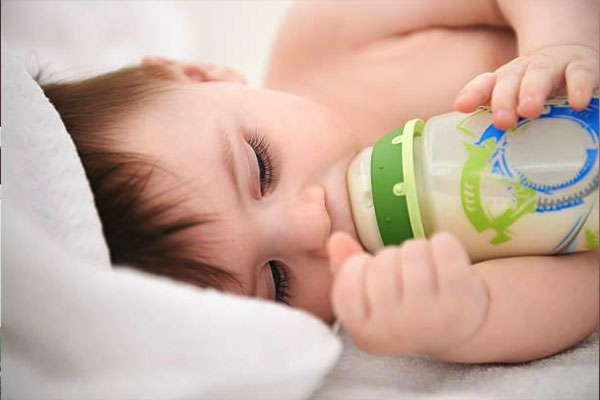
Also known as Early Childhood Caries or Nursing Caries, Baby Bottle Tooth Decay is caused by over exposure to sugary liquids. It is usually caused by putting a baby to bed with a bottle containing milk, juice, or soda, nursing babies on demand through the night, or allowing toddlers to graze with a sippy cup. This condition often destroys primary teeth, creating a need for major dental treatment. In addition, it will eventually damage your child’s permanent teeth if left untreated.
You can prevent this by following a few simple guidelines:
- Never allow your child to fall asleep with a bottle containing milk, formula, breast milk, fruit juices, or any sweetened liquids.
- Never give your baby a pacifier dipped in sugar or honey.
- Only allow water in bottles and sippy cups used for grazing.
- Wipe your baby’s gums with a clean gauze pad after each feeding, and begin brushing as soon as the first tooth appears.
- Encourage children to drink from a regular cup by their first birthday.
Healthy primary teeth are important for many reasons:
- They serve as space holders for the permanent teeth, forming a path for them to follow when they are ready to erupt. If a child loses a baby tooth too early (due to trauma or decay) the other teeth around them may shift, resulting in crooked or misplaced permanent teeth.
- They facilitate proper chewing, enabling good nutrition. Research shows that children with numerous cavities are often underweight because eating begins to hurt. As a result, they limit food choices, disrupting proper nutrition.
- Children learn to talk using their primary dentition. Research shows that, because most speech skills are already formed by the age of seven, children who lose their primary front teeth too early often need speech therapy.
- We are often asked, “Why put fillings in baby teeth when they will fall out anyway?” Unfortunately, neglected cavities create problems that affect the development of permanent teeth. Neglected cavities progress to the core of the tooth and eat away at the nerve. The tooth becomes painful and the nerve becomes inflamed, eventually dying. This creates an abscess that often results in the loss of the tooth and serious damage to the permanent tooth growing below. Some severe cases require emergency hospitalization.
- Brown or missing teeth often affect the development of self-esteem. A beautiful smile enhances self confidence regardless of age.
- Your child’s general health is affected by the health of their teeth and gums.
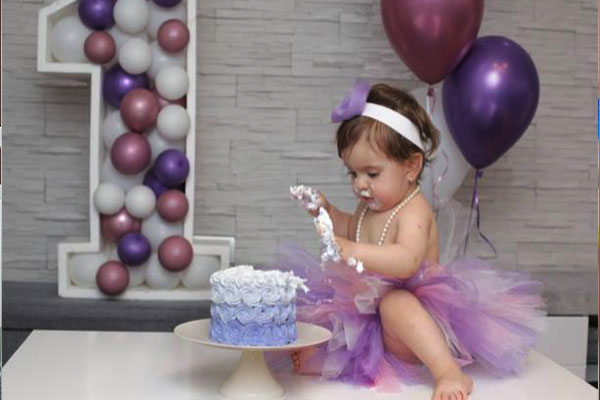
The American Academy of Pediatric Dentistry recommends that a child is seen within six months after his first tooth erupts or by one-year-old, whichever is first. We recommend that you schedule an appointment with a pediatric dentist around your child’s first birthday.

All dental specialists (pediatric dentists, orthodontists, oral surgeons, and others) begin by completing four years of dental school, then continue their education with several years of additional specialized training. During the two to three years of extra training required in the field of pediatric dentistry, your doctor gained extensive knowledge and experience in treating infants, children, and adolescents, including those with special healthcare needs. Pediatric dentists enjoy working with children, and bring to each patient our expertise in childhood development and behavior.
At about 6-8 months, the two lower front teeth (central incisors) will erupt, followed shortly by the two upper central incisors. The remainder of the baby teeth appears during the next 18 to 24 months. At 2 to 3 years, all 20 of the primary teeth should be present.
The first permanent teeth begin to erupt at about age five to six and include molars behind the back baby teeth along with lower central incisors. Some permanent teeth replace baby teeth and some don’t. This process will continue until approximately age fourteen.
The pace and order of their eruption may vary, so don’t be alarmed if some teeth are a few months early or late. All children have unique eruption patterns.
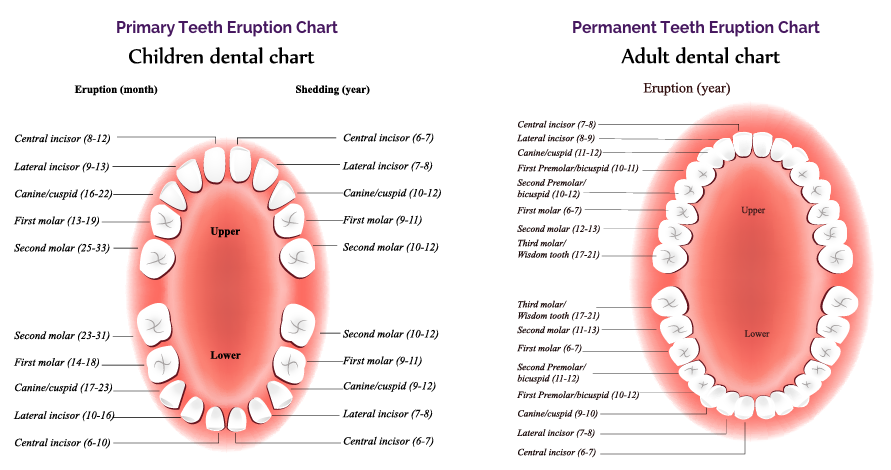
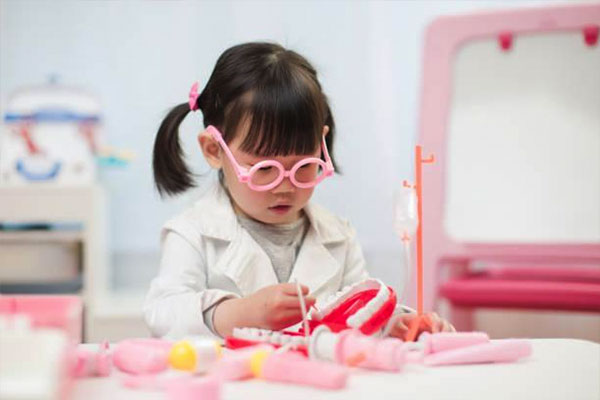
The best preparation for your child’s first visit to our office is maintaining a positive attitude. Children are extremely intuitive and pick up on adults’ apprehensions and anxiety. If you make negative comments about trips to the dentist you can be sure that your child will fear an unpleasant experience and act accordingly. Show your child the pictures of the office and doctor on the website. Tell your child about the importance of maintaining healthy teeth and gums. You may want to consider picking up one of the many wonderful children’s books dedicated to the topic of teeth and dentists. We are happy to offer suggestions. Most importantly, remember that your pediatric dentist is specially trained to handle fears and anxiety, and our staff is experienced at putting children at ease during treatment.
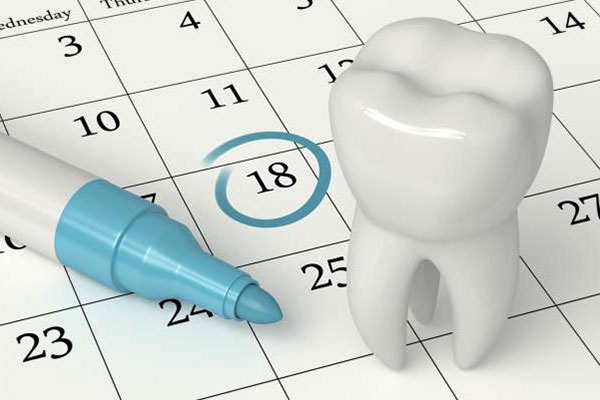
In order to prevent cavities and other dental problems, we generally recommend scheduling checkups every six months. Depending on the circumstances of your child’s oral health, we may recommend more frequent visits.

Even before your baby’s first tooth appears, we recommend you clean his gums after feedings with a damp, soft washcloth. As soon as his first tooth appears, you can start using a toothbrush. Be sure to choose a toothbrush with soft bristles and a small head, preferably one designed specifically for infants. A toothbrush will remove plaque bacteria that can lead to decay and should be used at least once a day at bedtime.

Following the most up-to-date guidelines by the American Dental Association, you may start using a tiny smear of fluoride toothpaste as soon as the first baby teeth erupt. By 3 to 6 years of age, the amount should be increased to a pea-sized dollop. Parents should supervise brushing to ensure the proper amount of toothpaste is being used. Children naturally want to swallow toothpaste after brushing, and swallowing too much fluoride toothpaste can cause teeth to stain.
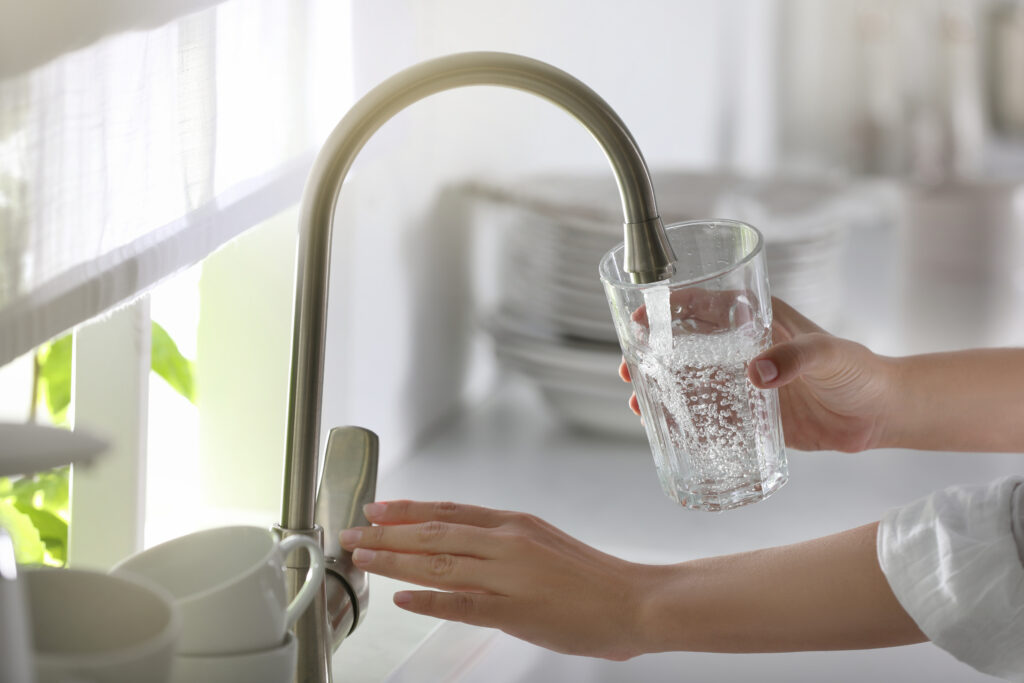
Have your pediatric dentist evaluate the fluoride level of your child’s primary source of drinking water. If your child is not getting enough fluoride internally, then your pediatric dentist may prescribe fluoride supplements.

Certain types of bacteria naturally live in our mouths. When these bacteria come into contact with sugary foods left behind on our teeth, they produce acids. These acids attack the tooth enamel (outer, protective layer) and eventually eat through the enamel, creating holes in the teeth, which we call cavities.

Be sure that your child brushes his teeth at least twice a day with fluoride toothpaste. Flossing daily is also important, because flossing can remove food debris between the teeth that the bristles of a toothbrush cannot reach. Check with your pediatric dentist about a fluoride supplement which helps harden the tooth enamel, making it more resistant to decay. Avoid sugary foods and drinks, limit snacking, and eat a healthy diet. The final key to preventing cavities is maintaining regular check-up appointments so that we can monitor the health of your child’s teeth and provide professional cleanings.

Sealants work by filling in the deep crevices on the chewing surfaces of the teeth. This blocks food particles from getting caught in the teeth and causing cavities. The application is fast and comfortable and can effectively protect teeth for many years. We recommend sealants as a safe and simple way to help prevent cavities.

We recommend mouth guards for children active in sports. If your little one plays basketball, soccer, hockey or other sports, ask us about having a custom-fitted mouthguard made to protect the teeth, lips, cheeks, and gums. Also, please always make sure your child wears a helmet when riding a bicycle, as it can help prevent severe injuries to the head, face and oral structures.
This decision is extremely variable and will depend on the doctor’s clinical examination or your child’s mouth. Typically speaking, we recommend taking an initial set of x-rays around the age of three. The first set consists of simple pictures of the front upper and lower teeth, which familiarizes your child with the process. Once the baby teeth in back are touching one another, regular x-rays are recommended to detect cavities between the teeth that may not be visible in the mouth. Permanent teeth start coming in around age six, and x-rays help us make sure your child’s teeth and jaw are healthy and properly aligned. If your child is at a high risk of dental problems, we may suggest having x-rays taken at an earlier age or more frequently, but the decision is always based on a thorough examination of your child’s specific condition.

There is very little risk in dental X-rays. Pediatric dentists are especially careful to limit the amount of radiation to which children are exposed. Lead aprons and digital radiography (lower radiation) are used in our office to ensure safety and minimize the amount of radiation.

The most important thing to do is to remain calm. Find the tooth and do your best to hold it by the crown rather than the root. You may gently rinse the tooth with saline or milk to remove any debris, being careful to only touch the crown with your fingers. NOTE: Do not rinse the tooth with water. If the entire root is still intact, try to reinsert it in the socket. If that is not possible, put the tooth in a glass of milk and take your child and the glass immediately to your pediatric dentist. Please note that baby teeth are generally not reinserted in the socket due to the risk of damage to the developing permanent tooth beneath it, however your child should still be seen by your pediatric dentist promptly.
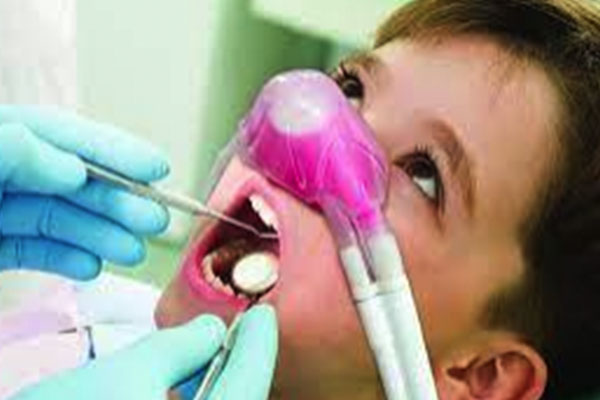
We try to help your child feel good about visiting the dentist. Our main concern is what is best for your child. For mildly anxious or nervous children, nitrous oxide, or “laughing gas”, can be very effective. If a child is especially fearful or suffers from extreme situational anxiety, we may recommend sedation or general anesthesia in order to ensure the safest delivery of the best possible treatment for your child in a more controlled environment.

